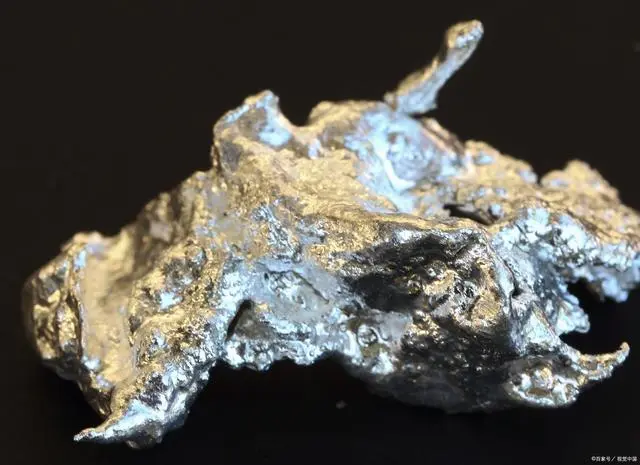第一种是将废铅酸蓄电池进行去壳倒酸等相关处理之后,进行火法混合冶炼。这种方法的优点在于操作简单,能够高效地得到铅锑合金,但同时也存在能耗高、污染重的缺点。火法冶炼过程中会产生大量的废气、废水和废渣,对环境造成严重影响。
第二种方法是将废铅酸蓄电池进行破碎分选,分出金属部分和铅膏,两者分别进行火法冶炼。这种方法相对于第一种方法来说,能够更好地分离出有价值的金属和铅膏,提高了回收利用率。同时,由于分别进行冶炼,也能够减少能耗和污染。但是,破碎分选过程中会产生大量的噪音和粉尘,对操作人员的健康也造成一定的威胁。
第三种方法是在第二种方法的基础上,对铅膏部分进行脱硫转化,然后再进行火法冶炼。这种方法相对于第二种方法来说,能够更好地处理铅膏部分,提高了铅的回收率,同时也减少了硫的排放,对环境的影响也更小。但是,脱硫转化过程中需要加入一定的化学药剂,可能会产生新的污染物。
Currently, there are three main treatment processes for waste lead-acid batteries:
The first method is to remove the shell and acid from waste lead-acid batteries, and then carry out pyrometallurgical mixing and smelting. The advantage of this method is that it is easy to operate and can efficiently obtain lead antimony alloys, but it also has the disadvantages of high energy consumption and heavy pollution. The pyrometallurgical process generates a large amount of exhaust gas, wastewater, and waste residue, which has a serious impact on the environment.
The second method is to crush and sort the waste lead-acid batteries, separating the metal parts and lead paste, and then smelting them separately by pyrometallurgy. Compared to the first method, this method can better separate valuable metals and lead paste, improving the recycling rate. Meanwhile, separate smelting can also reduce energy consumption and pollution. However, the crushing and sorting process generates a large amount of noise and dust, which also poses a certain threat to the health of operators.
The third method is to desulfurize and convert the lead paste based on the second method, and then carry out pyrometallurgical smelting. Compared to the second method, this method can better handle the lead paste part, improve the lead recovery rate, reduce sulfur emissions, and have a smaller impact on the environment. However, certain chemical agents need to be added during the desulfurization conversion process, which may generate new pollutants.

 English
English  Español
Español  Português
Português  русский
русский  français
français  日本語
日本語  Deutsch
Deutsch  Tiếng Việt
Tiếng Việt  Italiano
Italiano  Nederlands
Nederlands  ไทย
ไทย  Polski
Polski  한국어
한국어  Svenska
Svenska  Malay
Malay  বাংলা
বাংলা  हिन्दी
हिन्दी  Pilipino
Pilipino  Türk
Türk  عربى
عربى  Indonesia
Indonesia  norsk
norsk  čeština
čeština  Українська
Українська  Javanese
Javanese  فارسی
فارسی  తెలుగు
తెలుగు  Burmese
Burmese  български
български  Latine
Latine  Azərbaycan
Azərbaycan  Српски
Српски  Esperanto
Esperanto  Afrikaans
Afrikaans  Català
Català  Cymraeg
Cymraeg  Беларус
Беларус  Hrvatski
Hrvatski  Kreyòl ayisyen
Kreyòl ayisyen  Shqiptar
Shqiptar  Bosanski
Bosanski  Кыргыз тили
Кыргыз тили  ಕನ್ನಡ
ಕನ್ನಡ  IsiXhosa
IsiXhosa  Chichewa
Chichewa  Somali
Somali  O'zbek
O'zbek  հայերեն
հայերեն  Sundanese
Sundanese  Malagasy
Malagasy 






